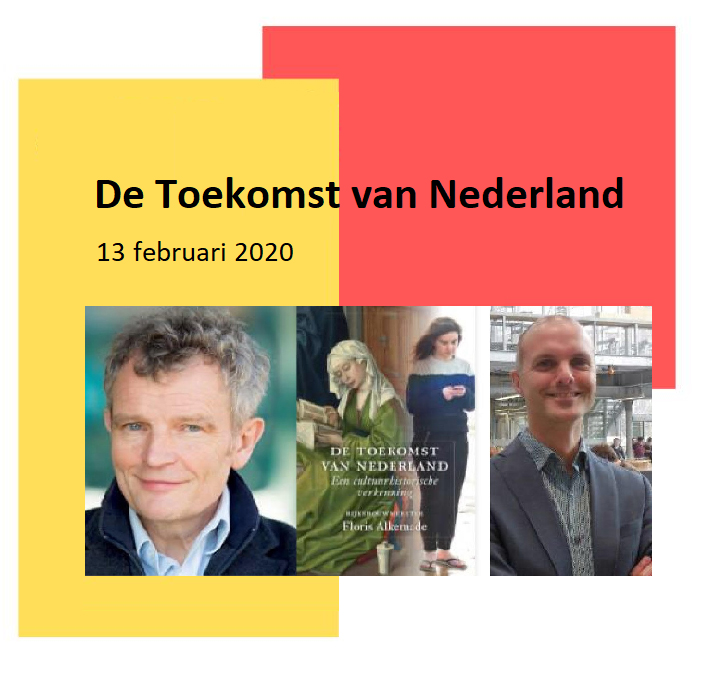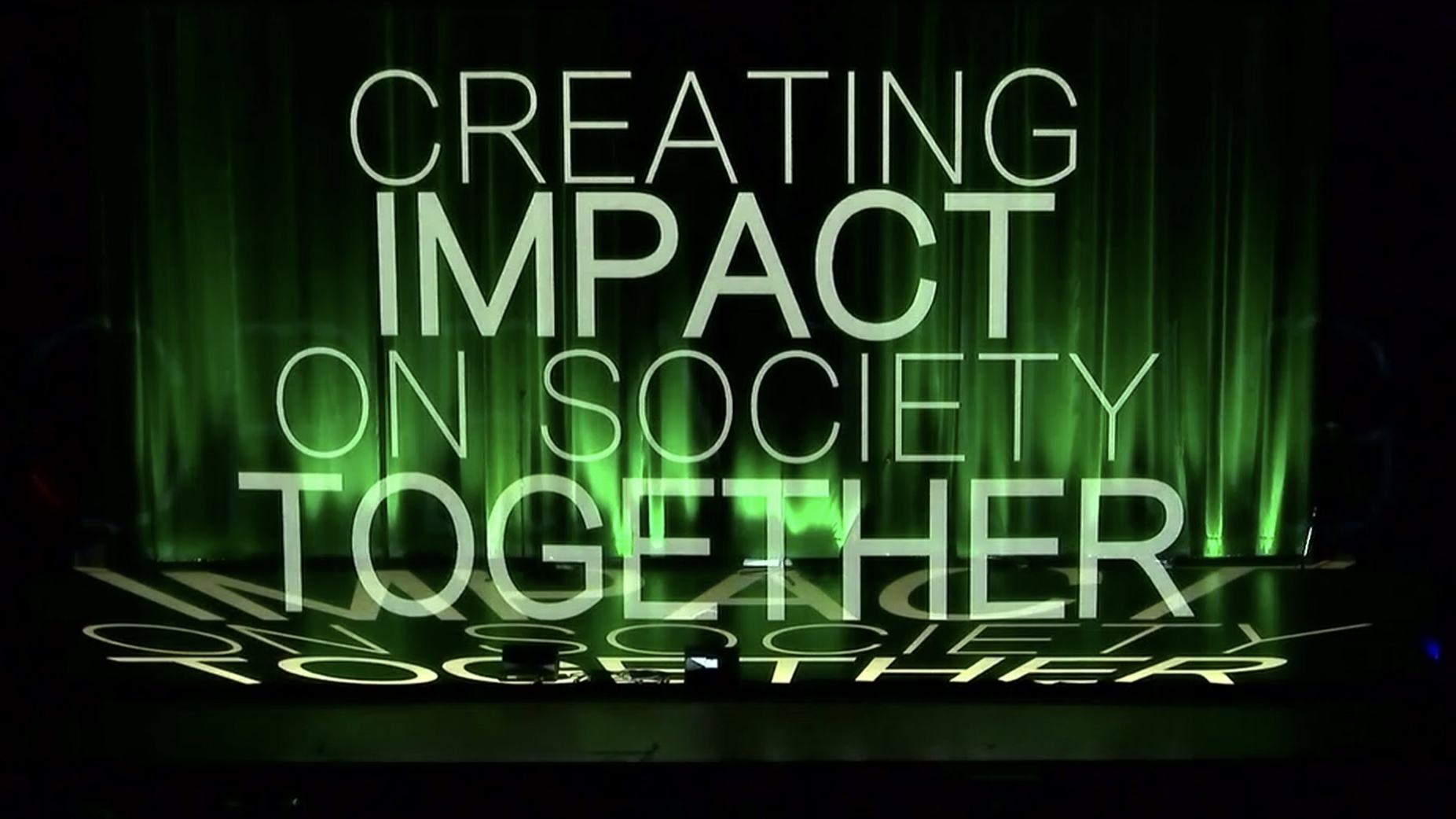How to Design Public Space for Maritime Mindsets? That’s a central question in the new Minor ‘Minor (Re)Imagining Port Cities: Understanding Space, Society, and Culture’.
Category Archives: society
Solving the Dutch Housing Crises
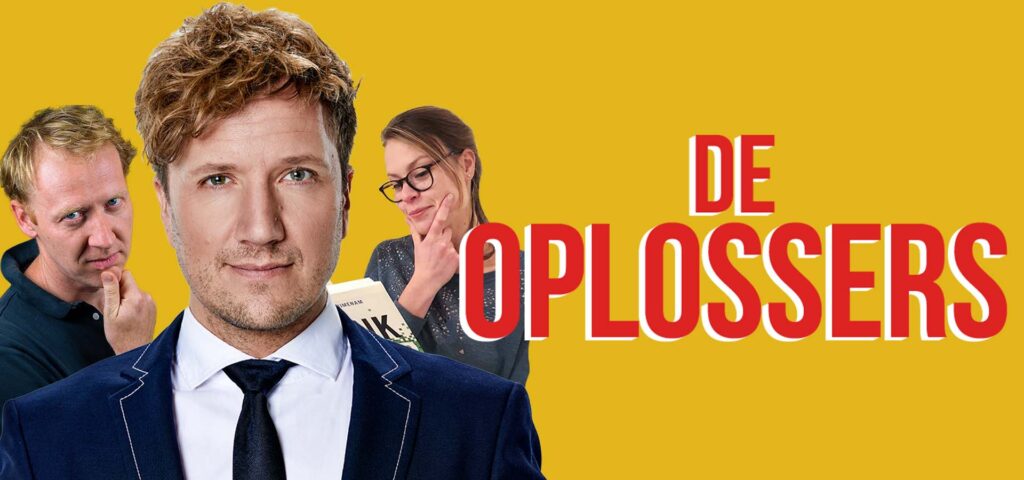
| The Port of Rotterdam as Solution The Dutch housing shortage is manifesting itself on all fronts. There are too few rental properties, but also too few homes for starters, large families, and retirees. Mortgage rates are low, but house prices are skyrocketing. And those who do not qualify for social housing will pay themselves blue. How do we ensure that everyone has the right to a suitable home? . “Anchorman Klaas van Kruistum, Michiel Hulshof of Tertium and Claire van der Meer of the Universiteit van Nederland believe that every complex problem has a solution. And together we use the best of Dutch science to find it!” . In episode 2 of ‘De Oplossers’ of KRO-NCRV, Maurice Harteveld explains how the current harbour areas of Rotterdam could be the game changers in the housing crisis. Do we want to sacrifice the green pastures around the city or the harbour areas with large-scale polluting industries? |
De Rotterdamse Haven als Oplossing De Nederlandse woningschaarste manifesteert zich op alle fronten. Er zijn te weinig huurwoningen maar ook te weinig woningen voor starters, grote gezinnen en gepensioneerden. De hypotheekrente is laag, maar de woningprijzen rijzen de pan uit. En wie niet in aanmerking komt voor een sociale huurwoning betaalt zich blauw. Hoe zorgen we ervoor dat iedereen recht heeft op een geschikte woning? . “Presentator Klaas van Kruistum, Michiel Hulshof van Tertium en Claire van der Meer van de Universiteit van Nederland, denken dat elk complex probleem een oplossing kent. En gebruiken samen het beste van de Nederlandse wetenschap om die te vinden!” . In aflevering 2 van ‘DeOplossers’ van KRO-NCRV legt Maurice Harteveld uit hoe de huidige havengebieden van Rotterdam weleens de gamechangers in de Wooncrisis kunnen zijn. Willen we het groene weiland om de stad opofferen of de havengebieden met de grootschalige vervuilende industrie? |
where:
Episode #2 – Woningtekort
KRO-NCRV, NPO Radio 1
Friday 17 December 2021
.
Listen as podcast: NPO Radio 1 – De Oplossers, or via Spotify, Apple Podcast, Podtail, and Google Podcast.
Cross-Media Website: De Oplossers
More: KRO-NCRV Press Release
[Re]Thinking Cities

2020: A Year without Public Space under the COVID-19 Pandemic!
new publication of The Journal of Public Space
The Journal of Public Space published ‘2020: A Year without Public Space under the COVID-19 Pandemic’. This monumental publication of 280 pages witnesses the year we all lived on social distance dictated by COVID-19 health emergency, a measurement severely affected everyone’s access to public space and with it creating a range of impacts on different levels. Delft University of Technology, as a worldwide recognised leader in the field of urban design and public space, united with more than twenty universities globally to question; how can we face this unprecedented emergency and get prepared to its consequences, with specific regard to health disparity? Will public space restrictions stay in place after the recovery period? Should we just aim to return to a pre-COVID status quo, or for a ‘better normal’? And more generally, what will be the future of public space?
Maurice Harteveld, part of the scientific board, remembers how the situation induced by the COVID-19 crisis in early 2020 immediately brought together the global community of experts on the Design of Public Space; “I remember how the alarm bells didn’t stop anymore in the third week of April. Health situation worsened progressively in China, and a new decree imposing quarantine became in act in Northern Italy. Public space was abandoned there. Without doubt, we started to share local insights and form a global perspective on the issues arising from the pandemic for public space the current situation of public space.” Together with UN-Habitat, the United Nations Human Settlements Programme, this became an opportunity to collaborate to re-think how cities should be.
As the pandemic was moving across different continents and urban conditions, through shared online initiative public space experts across the world exchanged experiences of care, solidarity, entrepreneurship, academic perspectives, artistic interpretations, and creative practices of human resilience, engaging more than 100 speakers during 20 webinars from May to September 2020, and more than 2,700 registered attendees from over 80 countries, including representatives from UNHabitat. Global impact of the online initiative ‘2020: A Year without Public Space under the COVID-19 Pandemic’ has been even broader by counting more than 72,000 page views in that same period. This publication encapsulates key learnings globally from the early stage of the pandemic, which stand relevant to this day when we face squarely the same issues as we step into gradually and navigate the post-COVID era.
Download full issue here
Inclusive Urban Design
In this introduction video, MaartenJan Hoekstra and Maurice Harteveld introduce the issue of urban design and inequality on the neighborhood level and its public spaces. They look at the theory behind the question “does the increase of social mobility and mixing housing add to the inclusivity on the level of the neighborhood?”
Port-Cities: Diverse and Inclusive
9 June 2020
Article by Carola Hein, Paul van de Laar, Maurice Jansen, Sabine Luning, Amanda Brandellero, Lucija Azman, Sarah Hinman, Ingrid Mulder, Maurice Harteveld (Leiden-Delft-Erasmus PortCityFutures)
Published on: Leiden Delft Erasmus universities network Magazine, June 2020, and on the website of LDE PortCityFutures
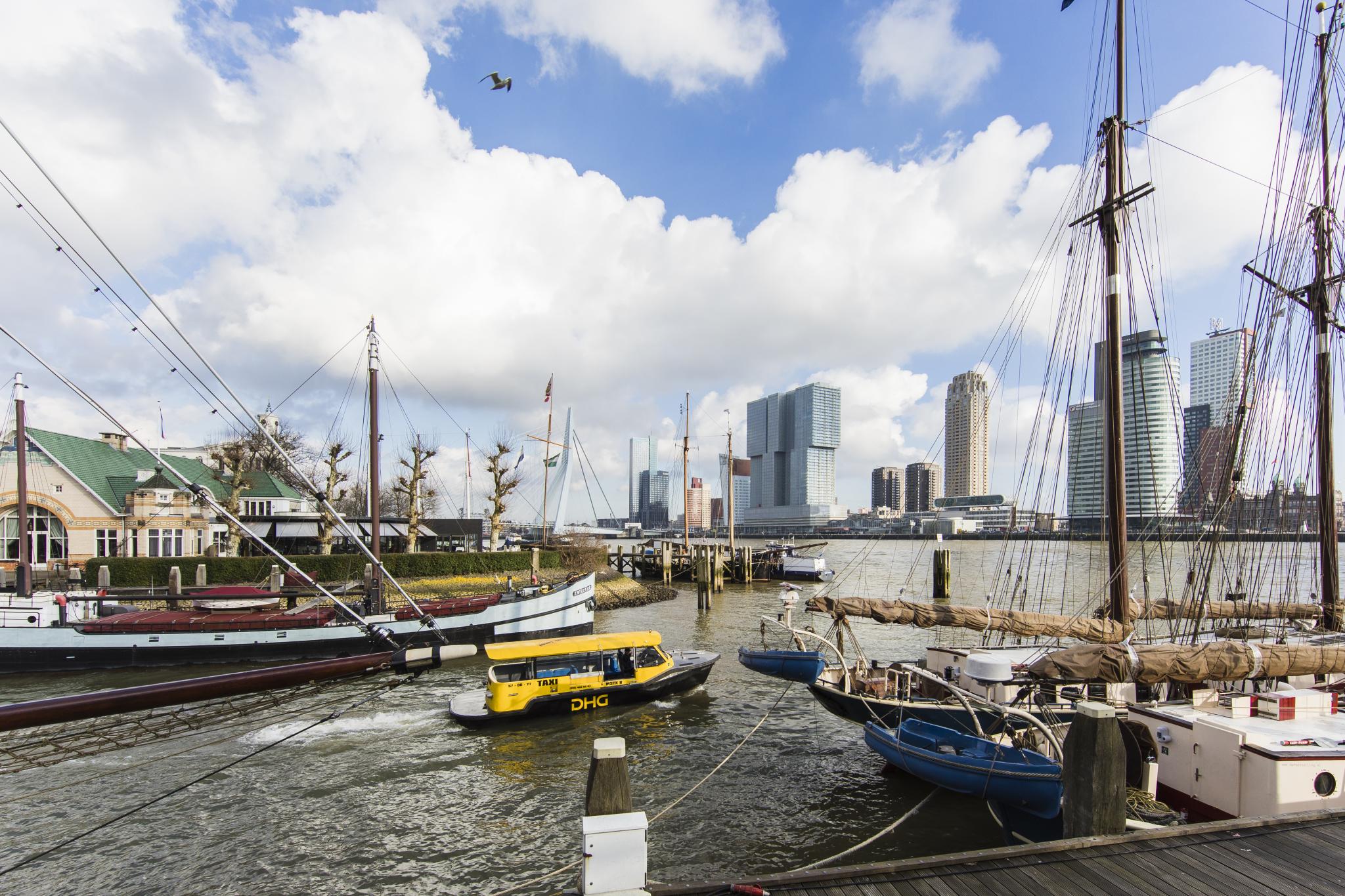
Rotterdam, photo by Iris van den Broek
Port cities are a particular type of territory and are often long-standing examples of resilience, bringing opportunities, wealth, and innovation to their nations and their citizens. They have developed at the crossroads of international trade and commerce and the intersection of sea and land. Flows of people through trade and migration have played a key role in their spatial, social and cultural development. Their strong local identities share legacies of diversity and cosmopolitanism, but also of colonialism and segregation. The Qingjing Mosque in Quanzhou, Fujian speaks of the exchange between Arabia and China along the maritime silk road. Hanseatic cities stand as an example of far-flung networks with districts for foreign traders—think of the German merchants who established Bryggen, the German dock, in Bergen, now a UNESCO world heritage site.
Port cities are places that accommodate change —and often thrive as a result. As logistical patterns, economic organization, spatial structures and technological devices have evolved, port cities have consistently provided spaces and institutions to host changing social, cultural and demographic needs and have built their local identities around them. Chinatowns, for example, are emblematic of many port cities worldwide. For many centuries, traders and merchants depended on the interaction between local traders and short- and long-term migrants of all classes. To maintain and facilitate shipping, trade or organizing defenses, traders, workers, and citizens have come together and developed long-term strategies and inclusive governance systems. Built around trade, these shared practices have not always benefitted everyone. Colonial port cities hosted the buying and selling of enslaved people as well as minerals, animals and opium. Many workers lived in squalid conditions in walking distance to the port. The degree of tolerance and inclusion depended on the extent of ethnic diversity overall, the degree of spatial and social segregation in the city, and the economic structure of the urban economy.
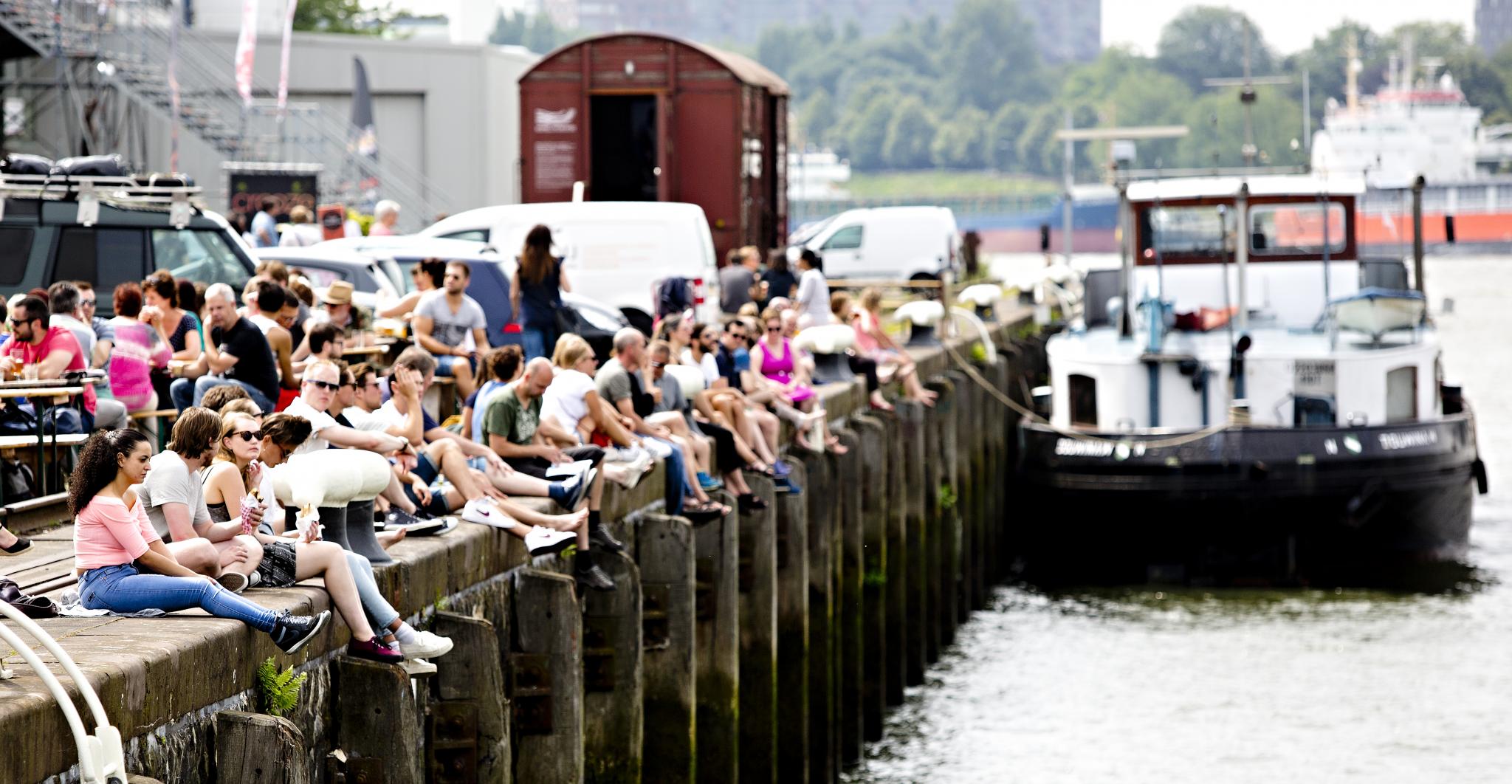
Waterfronts have been and in some (smaller) cities still are contact zones of people from diverse backgrounds: public spaces bring together dockworkers, displaced people, casual labourers, and trans-migrants waiting to board ships for overseas travel. However, waterfronts have been looked upon as places of otherness in need of social reform even at the turn of the twentieth century. Since the 1960s, container districts and offshore ports further increased the separation between ports and cities. Following containerization, waterfront regeneration has become a worldwide tool to overcome the range of social, cultural and public health issues associated with the nineteenth century waterfront. Urban renewal and gentrification have been central to many of these programs that took off beginning in the 1980s in most European port cities. Rebranding has been an essential part of bringing new capital and new people into neighbourhoods next to former dock areas, which normally would not have been of interest to private investors. In select cases—such as HafenCity Hamburg—planners and politicians have consciously opted for spatial and social inclusion.
Rotterdam as a port city reflects the long-term history of migration traditionally related to shipping and trade in all aspects, but since the 1970s the working port is no longer a decisive pull factor. Other international, national and local factors have changed the city’s population characteristics. The past decades have seen increasing diversity in ethnic groups and religions but also increased variation in socio-economic statuses among inhabitants with a migration background. Rotterdam hosts so many ‘minority’ migrants that it is now considered a superdiverse city where 52%, and in some districts, almost 70% of the population have a migrant background.
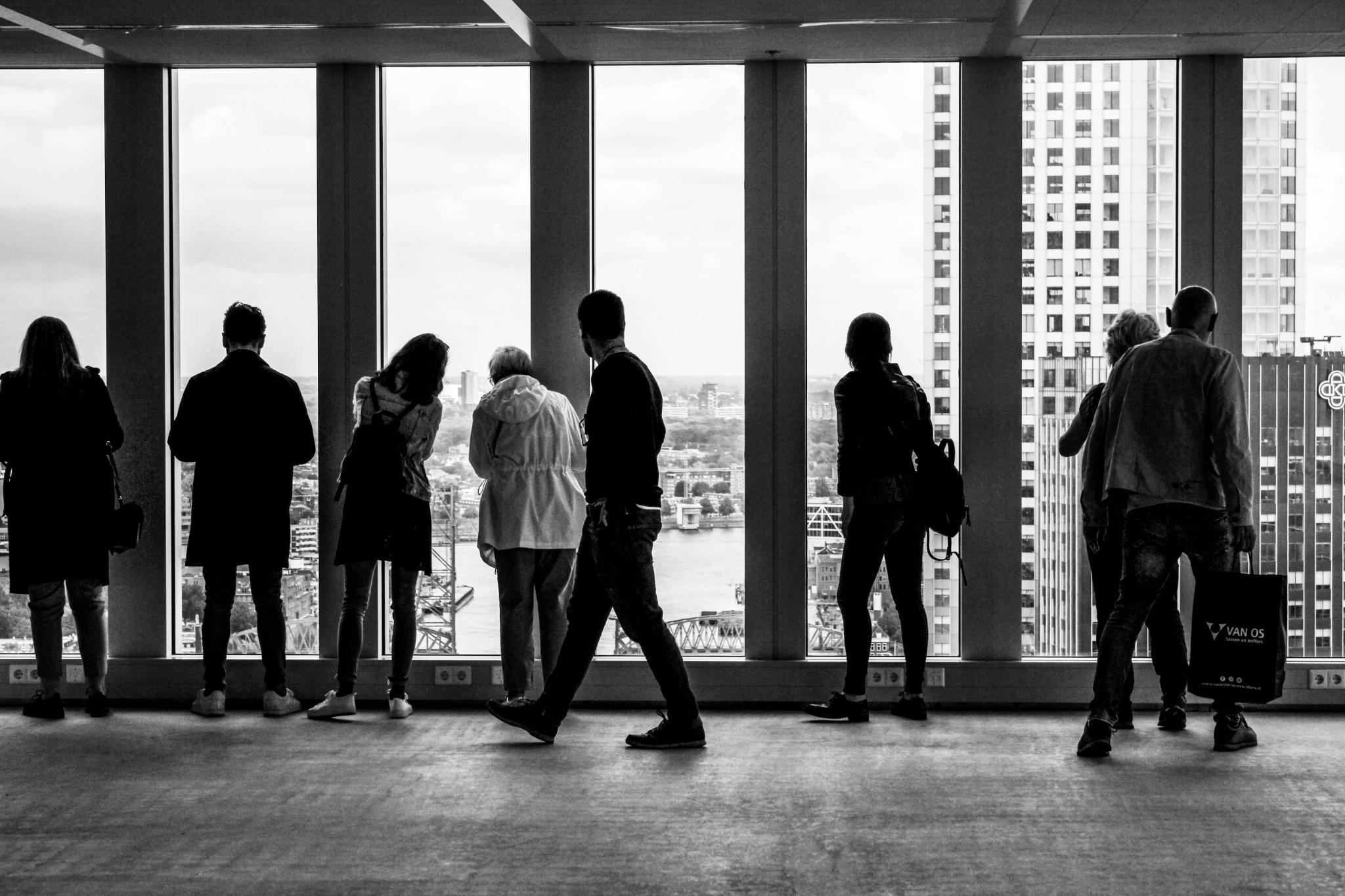
Rotterdam’s hyperdiversity—a term meant to acknowledge the multiple causes of diversity—has challenged existing local integration policies. The city government’s development strategy focusses on a balanced composition of the population and regeneration programs in combination with new residential, sustainable urban planning and branding strategies aim to assure integration. Like other cities with major waterfront revitalization activities, Rotterdam is witnessing a gap between cosmopolitan aspirations boosted by international capital and symbolic waterfront architecture and the existing reality of a hyperdiverse population inhabiting the urban fabric. Redevelopment projects of former waterfront port areas, such as Lloyd Quarter, RDM and M4H stand as examples. Yet, like other cities with major waterfront revitalization activities, the question arises: to what extent is Rotterdam widening the gap between diverse neighbourhoods and gentrified port-city redevelopment projects? There is a potential risk of economic segregation as authorities, educational and cultural institutions aspire to build the post-industrial economy on the port industrial foundations of the past, neglecting those areas where a linkage to the maritime mindset of Rotterdam as a port city is hardly felt let, alone visible.
Rotterdam needs to find ways to come to terms with political, economic, social, and cultural dimensions of its port city. That is one of the major challenges for Rotterdam in becoming an inclusive city. What is needed to connect Rotterdam’s migration narrative (and that of other port cities) to further the inclusive city ambition, using its present hyperdiversity, and acknowledging the value of diversity for creativity, innovation and making the next port city? Exploring the key values of an inclusive post-industrial, hyperdiverse port city drives the research agenda of our multidisciplinary LDE PortCityFutures program.

The Leiden-Delft-Erasmus PortCityFutures program employs multi-disciplinary methods and longitudinal perspectives to understand and design political, economic, social, and cultural dimensions of spatial use in port city regions. It explores how the flows of goods and people generated by port activities intersect with the dynamics of the natural environment, hydraulic engineering, spatial planning, urban design, architecture, and heritage. It examines the spatial impact of competing interests among port-related and urban spatial development needs and timelines. It explores creative solutions and design measures to problems and considers their implications for the future use of limited space that will allow port, city, and region to thrive.
Ethical and Social Values in COVID-times
Design for Values in Times of COVID19
Creating Responsible Innovations respecting Ethical and Social Values
The COVID-19 pandemic is hitting people and businesses hard. The attempt to protect people from this life-threatening disease has changed how we perceive the role of governments, businesses, and all other stakeholders in providing safe housing, sanitation, workplaces, and safe public space to name a few. These are issues architecture, urban design, and spatial planning must address.
Continue reading
Public Space under COVID-19

TU Delft Joins ‘2020: A Year without Public Space under the COVID-19 Pandemic’
Social distance dictated by COVID-19 health emergency affects access to public space and with it creating a range of impacts on different levels. While global lockdown is destabilizing economy and challenging country leaders, at the human level the pandemic is generating isolation and loneliness, with a significant raise of helplessness and fear. Everyone is asked to stay home and rearrange daily routines and work activities in indoor domestic spaces, looking at the world from behind a window. People are dying alone, numbers are increasingly high. Outdoor physical activities are no longer allowed. Many governments seem to lack proper strategies to manage the risk of massive contagion. In the Global South the poor living in informal settlements have scarce access to water, washing hands could be dangerously impossible.
What is the future of public space? How can we face this unprecedented emergency and get prepared to its consequences, in specific regard to health disparity? Will public space restrictions stay in place after recovering from the pandemic?
Is there something we can do now all, together? Delft University of Technology, a worldwide recognised leader in the field of urban design and public space, unites with more than twenty universities globally in the ‘2020: A Year without Public Space under the COVID-19 Pandemic’ initiative. DDfV researcher Maurice Harteveld explains:
“We observe differences in behaviour in public space under the current circumstances. Differences that relate to different societal and personal priorities based on different social and personal values. Altered patterns in our cities are updating the way human behaviour informs urban design, hence the design of public space, but foremost the emerging differentiation in values effect in the design choices we are making in the near future.”
The Future of the Netherlands
In a special event Chief Government Architect Floris Alkemade gives a glimpse into his new essay “The Future of the Netherlands” and urban designer and architect Maurice Harteveld will explain how the city of the future can continue to offer everyone a place. Discussion is open to the public.
Creating Impact for a Better Society

At its 178th Dies Natalis celebration, the Delft University of Technology has announced to remove the boundaries between the natural sciences, the social sciences, and the humanities to cope with big societal challenges. The energy, mobility and resource transitions, increasing urbanisation and populations, and changes in demography need convergence: the integration of sciences in order to accelerate research and generate revolutionary outcomes. Manifold and intertwined problems that come along will be solved by pooling scientific resources if we collaborate in entirely new ways. Delft University of Technology will create a network of living labs, where science and innovation can be put into practice and tested in Rotterdam. Delft is doing this together with Erasmus University Rotterdam and Leiden University, with industry and government.
Design has evolved from largely being product centred through being more user-centred to now becoming human or society centred […] Technology is never neutral, which is why we have to be aware of its implication very early on in its development, in its design phase. Today we are focussing on that particular aspect. Making design choices which do justice to our moral and social values. And, I believe this is a key element for achieving our mission ‘to create impact for a better society’.
For example, more shared and self-driving vehicles will require fewer parking spaces. That results in more public space and greenery, which in turn improves air quality and biodiversity. Moreover, vegetation can serve as water storage, and reduce heat stress due to climate change. Furthermore, if we design those public spaces to encourage walking and cycling, this will stimulate a healthy lifestyle and lead to a better quality of life.
Tim van der Hagen, rector magnificus and president of the university
Architectural and Urban Design for Values

In a Dies Satellite Event celebrating the 178th anniversary of the TU Delft, the Faculty of Architecture and the Built Environment introduces their collaborative research on values to a wider audience, as it is present and emerging within its rich set of disciplines, including architectural and urban design, building technology, process management, and geo-information science. The faculty answers on the questions: How to deal with value dynamics when designing for values? How can we successfully operationalise values to inform design decisions, whilst anticipating possible value changes? How does the theory apply to specific application areas, such as architecture and urban design?
Continue reading

